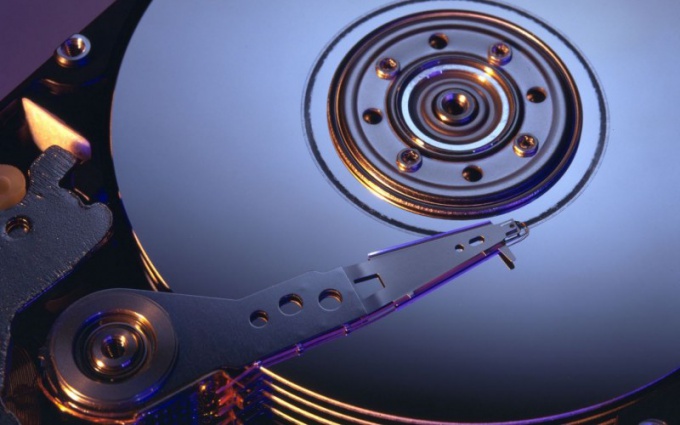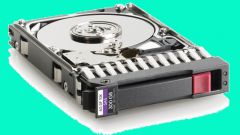Moving the paging file
The paging file is space on your hard disk where the system places the results of information processing to free up the RAM. By default, this file is located on drive C. right-Click the mouse on the icon "My computer" and select the "Properties" command. Go to the "Advanced" tab and under "Performance" click "Settings". Again, choose "Advanced" and under "Virtual memory" click "Change". Select the disk and select "No paging file". Click "Ask", then OK.
Select drive D, enable "custom size" and set the minimum and maximum sizes of the paging file. The bottom size should be at least 1.5 times the amount of RAM. Click "Ask" and OK, then the system will prompt you to restart the computer.
Please note the paragraph "Recommended" in the section "Total paging file size..."
Changing disk size With:
In versions of Windows from Vista and above issue is easily solved by standard means. True, perhaps, pre-'ll need to defragment the drive D. right-Click the mouse on the icon "My computer" and click "Manage". Management console snap-in, click "disk Management". Opens state of the disks on your computer. Right-click on the D: drive and choose in the context menu "Properties". Go to the tools tab and click "defragment". In the "disk Defragmenter" click "Analysis". After processing, the system displays graphically the status information of the disc. If you think you may need defragmentation, click the appropriate button. This operation will take some time, depending on the amount of information on the disk and its degree of fragmentation.
Again, right-click on the D: drive and click "Shrink volume..." In the new dialog box, specify the amount of compression in the drop-down list and click "Compress". After the operation is completed, the system will show a new Unallocated area. On assurances of developers, the compress operation will not damage or destroy the disk information. However, caution for the most important data can be stored on removable media.
If D drive is the swap file, that will compress or delete.
Right click on the image of the C: drive and click "Extend volume..." In the window "Master extensions" click "Next". In the new window, select the Unallocated area and select from the drop down list size, which will increase the system disk. Click "Next" and "finish".

